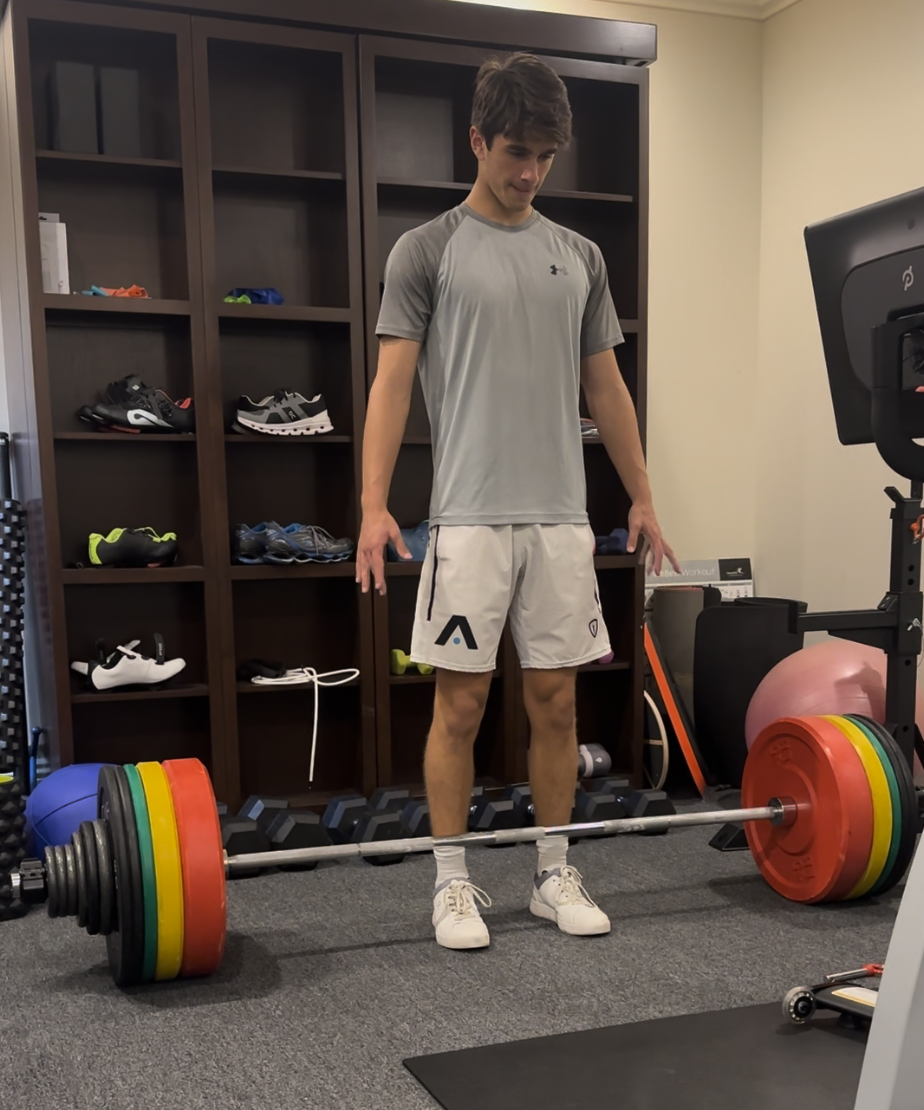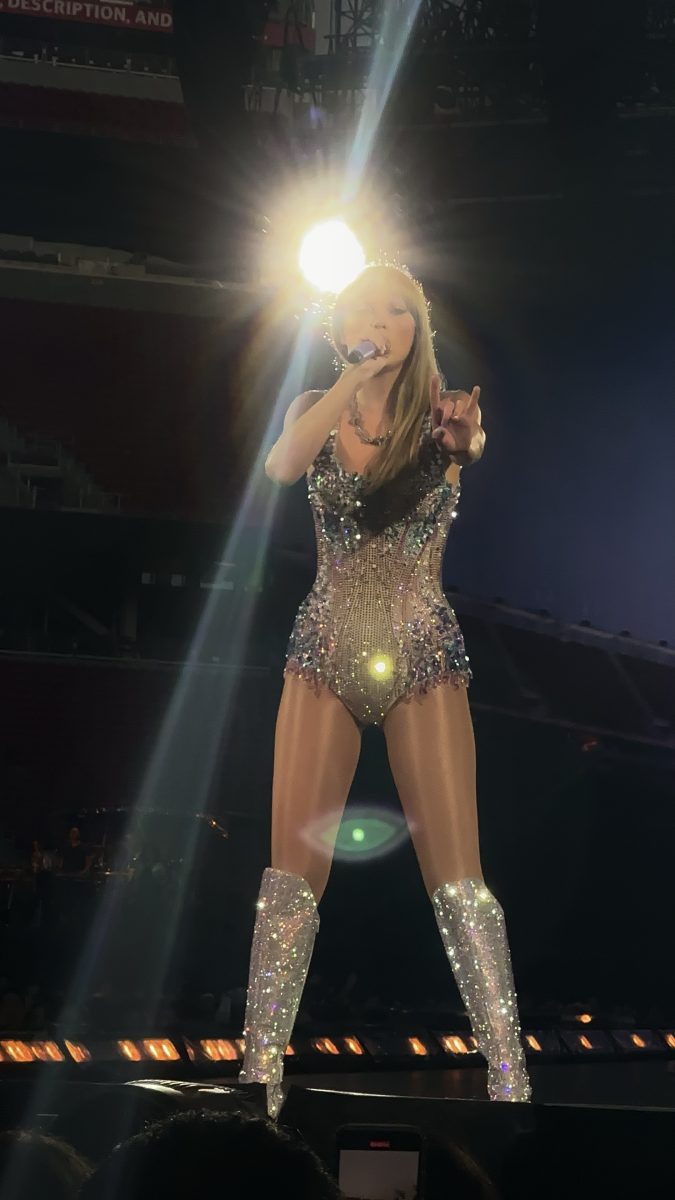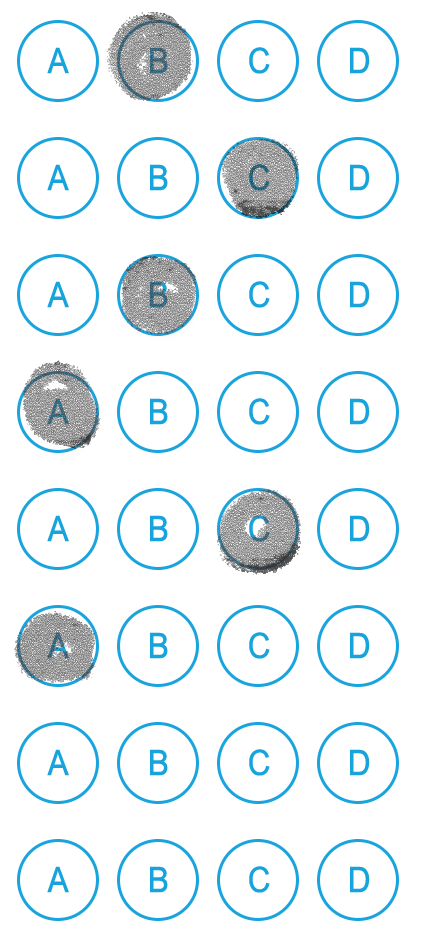America has been forged by the hands of divergent, intelligent, and brazen people—men and women alike. However, there is an unquestionable disparity between the representation of women and men in history courses at the high school and college levels. Advanced Placement (AP) United States Government, for instance, features nine foundational documents that teachers are mandated to cover during the year–none of which are written by a woman. Sacred Heart history educators Ms. Kristen Kelly and Ms. Serene Williams have embarked on a mission to combat the absence of credit given to women pivotal to America’s history and more generally—to bring the female story to this void. When questioned about this mission, William’s stated that “women’s history has often been marginalized” and, as such, the goal of this course is to show that “women’s history is very rigorous and very demanding and it should be open to everyone.” For years, Kelly and Williams have been working to spread the story of women in our country’s history; the two are now urging the arbiters of United States high school history—the College Board–to institute a stand-alone United States Women’s AP History Course (WAPH).
In the summer of 2022, Kelly and Williams were awarded Harvard University’s Schlesinger Grant, which is given to teachers “who have demonstrated innovative pedagogy in social studies and history” and whose endeavors will advance existing curricula, according to the Radcliffe Institute at Harvard. With this grant, the two were able to study women’s history documents at the Arthur and Elizabeth Schlesinger Library on the History of Women in America, one of the largest archives in the nation. The two quickly realized the abundance of female-related information yet to be featured in history textbooks. With these additions, Kelly and Williams raised their sights on taking their women’s history curriculum to a stand-alone Advanced Placement offering.
While Kelly and William’s efforts to spotlight female voices have received many positive responses–from the countless women on their change.org petition praising the course for broadening the scope of education to reporters on the 19th News featuring the empowering story of the two–, not all are in favor of this AP addition.
In a recent article published by Trojaneer, a student-run newspaper at Center Grove High School in Johnson County, Indiana, staff writer Charlie LaRocca expressed a dissenting opinion on the founding of a United States Women’s History Course. His article, featured under the title “We Don’t Need More AP Histories: California Teachers Spark National Debate about the Need For an AP US Women’s History Course,” opposes the course’s adoption for one stand-out reason—that women’s history should just be “added” into already existing curricula, as the creation of a stand-alone course only perpetuates the notion of separate spheres.
In his own experience with history courses, LaRocca seems to have had a richer-than-normal opportunity to learn about female accomplishments throughout our country’s history. With this background, LaRocca questions what part of the curriculum “these teachers” found to be missing. He does not dispute the poor treatment of women’s history in the AP curriculum but believes the college board isn’t “ignor[ing] it,” rather the issue is that it is “sectioned off into its own subunits and its own lessons—never fully integrated into the broader story.” He believes that Kelly and William’s proposal will further exacerbate the current issues of separation and perpetuate the idea that women and men do not belong in the same “conversation” when it comes to history.
We agree with LaRocca in that it would be ideal for women to simply be included and interwoven in already-existing AP courses such as AP United States History and AP United States Government & Politics. We have been more than grateful to have teachers who work to weave in female history stories within the curriculum. However, not all students are granted such an enlightened education. In the current AP United States Government & Politics course, for instance, and with the recent overturning of Roe v. Wade, there are fourteen Supreme Court cases required to be taught across schools–none of the cases, however, address issues pertaining to women’s equality. In the same topic of AP United States Government & Politics that features “Letter From a Birmingham Jail,” Ruth Bader Ginsberg’s Reed vs. Reed is deemed optional in the course reader. As Williams put it, “Why are women a sidebar?”
Even in LaRocca’s case, however, where he “covered the Daughter[s] of Liberty and Republican Motherhood for two whole class periods” and the “role women played in the productive homefront for [the World Wars]… ad nauseam,” we’re not sure LaRocca has been granted adequate education on the scope of female history. “Two whole class periods” to cover one of the most influential citizen’s groups in the founding of America and a notion of civic virtue responsible for countless of the ingrained societal ideals about women really isn’t that much. Moreover, the groups LaRocca mentions in his work–Daughters of Liberty, Dianne Feinstein, Ruth Bader Ginsburg, and Susan B. Anthony—are all very mainstream women of history, which is hard to see for those who aren’t told a complete women’s history. We would be curious to know if LaRocca is aware of other important but lesser-known women of history, such as Madame Restell, whose defiance of the Comstock Laws was at the leading edge of abortion and contraceptive-care debates that have permeated women’s movements and our nation’s laws for decades.
The countless stories of women left untold in the current AP curriculum deserve airtime that cannot be amended to a course already so jam-packed that some educators, such as Williams, have commented on the potential for the division of AP US History into two one-year courses. While LaRocca ascertained that “the true mark of equality” is to be sharing “both sides of the spectrum’s story consistently and coincidentally,” it’s impossible to fit that much information and nuance in one course without removing important historical events in the AP US History curriculum. Maren Darnell, a student who has taken AP US History, stated, “the thing about equality is that women are capable of being villains just as much as men are.” Due to the incredibly large amount of information that needs to be covered in AP US History, the class mainly focuses on female reformers like Anne Hutchenson and Lucretia Mott, rather than representing the true scope of women’s beliefs and ideologies throughout history. And thus it is not so easy to simply propose that women’s history be included in an already-existing curriculum. Kelly and Williams, in fact, originally embarked on their journey of female advocacy by lobbying the College Board for the inclusion of women in AP Government’s core curriculum. However, Kelly and Williams later concluded that the role of women was well beyond a few additions to AP US History and turned their efforts toward the development of a stand-alone US Women’s History course that places women at the center of United States history and covers the plethora of powerful, yet overlooked, female contributions to this country’s founding and development.
LaRocca further questions the logic of a United States Women’s AP History Course by asking “how many Center Grove boys would find themselves” in the proposed class, comparing taking the course to taking the “blue pill” in The Matrix. He believes the creation of the class would segregate history “into gendered curricula like Boys’ and Girls’ volleyball or Boys’ and Girls’ soccer.” These arguments make it seem like a class can only be legitimate if it appeals to everyone. Should we remove upper-level math classes? Not many people want to take those either. He also makes it seem like the creation of AP US Women’s History would remove all mention of women from the regular AP US History curriculum, which is not the case. Rather, AP US Women’s History would provide an opportunity for those who are passionate about women’s history or simply interested in the topic to truly dive deep into the complexities of the roles of women and the journey of the female identity in our nation’s history. AP history classes are in conversation with each other, working together to enrich student’s knowledge. Ms. Williams even stated that “most students that would take women’s history would either take APUSH or AP government.” Instead of segregating student’s knowledge of history across gender lines, this course would allow students to seek further education on topics that they don’t have the time to explore in AP US History or AP US Government & Politics. Ultimately, AP courses are optional, but students who desire to take the class deserve to have an opportunity to take an advanced, nationally recognized course, especially in an era in which AP courses are crucial to determining where one attends college and bans on certain classes are becoming increasingly popular.
Teaching the history of women in the United States and their contribution to both society and the political spheres allows students to normalize and celebrate the rightful place of women in realms of power and influence. The youth of America deserve to hear these stories traditionally left untold—the history of fifty percent of our population who are currently a mere sidebar of inclusion drowned in the river of history dominated by male perspectives. History is rich with lessons and role models that form the foundation for progress in our country across gender lines. That progress is limited if only select voices and stories are told.










